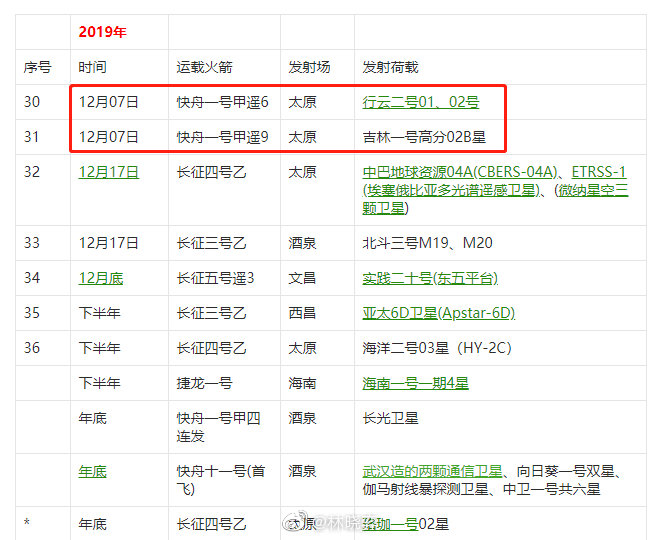Machine translate:
It took one year for the private space enterprise GalacticEnergy Commercial Launch Vehicle "Cerres I" to complete the ground thermal commissioning of all the first, second and third stage main power systems. On December 3, the ground thermal test of the three-stage engine of the commercial launch vehicle "Cerres I" of the commercial launch vehicle of GalacticEnergy (Beijing) Space Technology Co., Ltd. was successful.
The test results show that the three-stage engine has reliable ignition, normal operation during the whole process, and complete structure after the test. The engine works for 70 seconds, the average working pressure is 5.4 MPa, and the vacuum specific impulse is calculated for 287 seconds.
GalacticEnergy is a private space company engaged in low-cost commercial space launch business. Its core products and services are divided into two paths, one is the launching service of the "Ceres" series of small solid carrier rockets, and the other is the launching service of the "Palais" series medium-sized reusable liquid carrier rockets. The small solid rocket "Cercus-1" is targeted at the low-orbit commercial small satellite market. It is expected to make its first flight in mid 2020, and the medium-sized liquid carrier rocket "Palais-1" is expected to make its first flight in December 2022.
As the rocket's three-stage main power unit, its independently developed three-stage engine adopts and integrates a composite material shell, a composite material integrated molding skirt, a high-charge charge type charge, a lightweight ablation and heat insulation layer, and a high weight reduction. The mass ratio (ie, the ratio of the mass of the solid propellant to the mass of the engine) of the key technologies such as the nozzle ratio, the low-ablation throat lining, and the long-distance ignition device is 0.926. According to Liu Baiqi, the founder ofGalacticEnergy, the higher the ratio, the more fuel work.
The Ceres-1 commercial launch vehicle consists of a three-stage solid + liquid upper-stage configuration. After more than a year, this type of rocket has completed the ground thermal test run of all the primary, secondary and tertiary power systems.
On September 26 of this year, the secondary engine of the solid-state launch vehicle of “Ceramic Star One” of GalacticEnergy was ignited normally, the whole process was normal, the working time was 74 seconds, the thrust was 28 tons, and the vacuum specific impulse was 285.8 seconds.
On November 3 last year, Xinghe Power completed the first ignition of the solid rocket first-stage engine. The maximum working pressure of the engine is 8.5 MPa, the maximum thrust is 65 tons, the working time is 73.9 seconds, and the ground specific impulse reaches 249.5 seconds. All engine indicators have reached domestic advanced levels. .


















